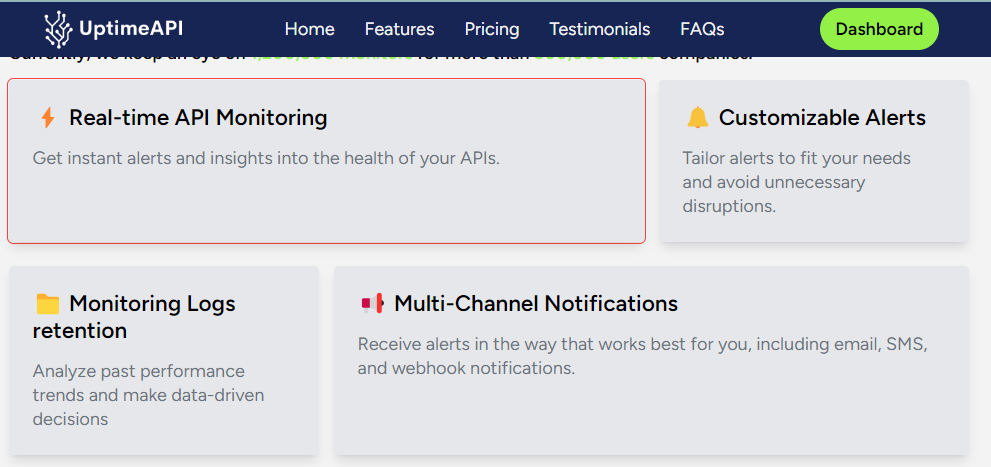In the dynamic realm of digital interactions, where milliseconds matter, optimizing your API time response becomes a strategic imperative. Whether you’re a seasoned developer or an app service provider, achieving fast and consistent API responses is key to meeting user expectations. In this guide, we’ll walk you through essential steps and best practices to enhance your API’s time response, ensuring optimal performance.
Understanding The Impact
Before we embark on the optimization journey, let’s understand why API time response is critical. It directly influences user satisfaction, application performance, and overall reliability. A slow API response can lead to frustrated users, decreased app usage, and even potential business losses.
Key Considerations For Optimization
- Efficient Code Design: Streamlining your code ensures that it executes quickly and doesn’t introduce unnecessary delays. Explore coding practices and techniques to enhance your API’s efficiency.
- Caching Strategies: Implementing effective caching mechanisms can significantly reduce response times. Choosing the right caching strategy for your specific use case.
- Database Optimization: Database queries often contribute to response time. Delve into strategies to optimize database interactions and minimize query execution times.
- Network Latency Mitigation: Addressing network latency is crucial for global applications. Look for methods to mitigate the impact of network delays on API response.
The Mechanism Of API Time Response Monitoring
API monitoring tools play a crucial role in the continuous assessment of your APIs (Application Programming Interfaces), ensuring their health and optimal performance. The operational process involves the following steps:
- Simulating Real Interaction:
- The monitoring system consistently sends requests to your APIs, replicating the behavior of actual users or applications.
- Comprehensive Response Tracking:
- Responses, including status codes, response times, and content, are meticulously tracked and recorded.
- Instant Issue Detection:
- Immediate alerts are triggered and sent to your specified channels in the event of any issues, such as downtime or performance decline.
- Customizable Monitoring Parameters:
- You have the flexibility to customize monitoring parameters and establish thresholds tailored to your specific requirements.
- Historical Data Analysis:
- The system collects historical data, offering an opportunity for in-depth analysis to identify trends and potential issues.
This process ensures a proactive approach to maintaining the reliability and performance of your APIs.
API Time Response: Onboarding Steps
To kickstart your journey toward optimized API time response, we recommend using UptimeAPI—an advanced tool designed for real-time API monitoring.
- Sign Up: Visit UptimeAPICloud.com and sign up for a freemium experience.
- Dashboard Exploration: Navigate to the Monitoring tab to set up monitors tailored to your API’s needs.
- Monitor Configuration: Customize monitors by providing details and configuring alert preferences. UptimeAPI offers flexibility in setting up alerts via Slack, email, SMS, or webhook.
- Real-Time Monitoring: Experience the power of real-time insights, keeping you in control of your API’s performance.
Conclusion
Optimizing API time response is not just a technical necessity; it’s a strategic move to stay ahead in the competitive digital landscape. With UptimeAPI as your ally, you not only monitor but also optimize, ensuring your API delivers exceptional performance consistently.
Ready to enhance your API’s time response? Let’s dive in!
For more information read my previous blog: API Uptime Analytics: Elevate Your Apps.



